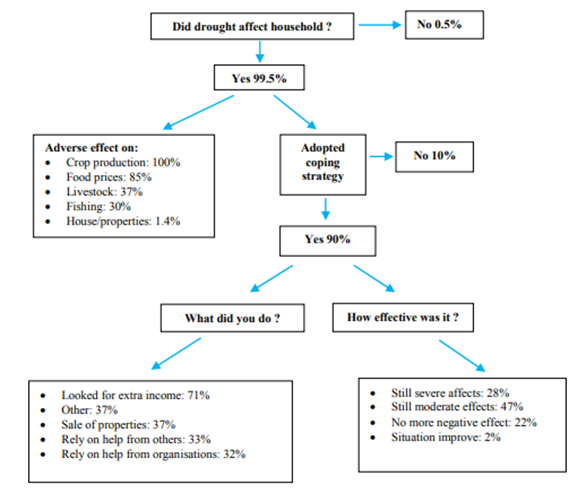Incomati Delta
Heavy Rainfall, Tropical Cyclones and Floods
Heavy Rainfall, Tropical Cyclones and Floods

Mozambique and the Incomati Delta have been experiencing flooding for decades. These floods are mainly caused by heavy rainfall in the southern part of Africa. The three largest floods occurred in the 21st century (GFDDR, 2014). Mozambique is largely dependent on agriculture. When flooding occurs in Mozambique, large portions of people's crops are destroyed.
hundreds of thousands lost their homes (Moore et al., 2003). This severity of these floods was compounded by a combination of heavy rainfall and tropical cyclone Leon-Eline. In a country like Mozambique, one of the biggest concerns after such a disaster is the spread of diseases such as cholera, malaria, and diarrhea. The floods created a serious sanitation problem, increasing the risk of a cholera outbreak (Stirling, 2000).
In 2007, the floods were also related to a combination of tropical cyclone Favio and heavy rains. 56,000 households were destroyed and 170,000 people affected by the floods (Artur & Hilhorst, 2014).
The last major flood occurred in 2013. After heavy rains that lasted more than a week, 191,315 hectares of land were found to have been hit by floods, of which 166,278 hectares were agricultural land, all of which was destroyed (Caveirinha, 2013).
While many countries are often powerless in the face of flooding, Mozambique's rural communities, through their many previous experiences with flooding, have developed different strategies on how to cope with a flood. The figure on the right shows how these communities deal with floods through interviews (Brida et al., 2013).
In addition, in 1999, the Mozambican government also came up with a national policy for learning to live with floods, which was based on six guiding principles (GFDDR,2014):